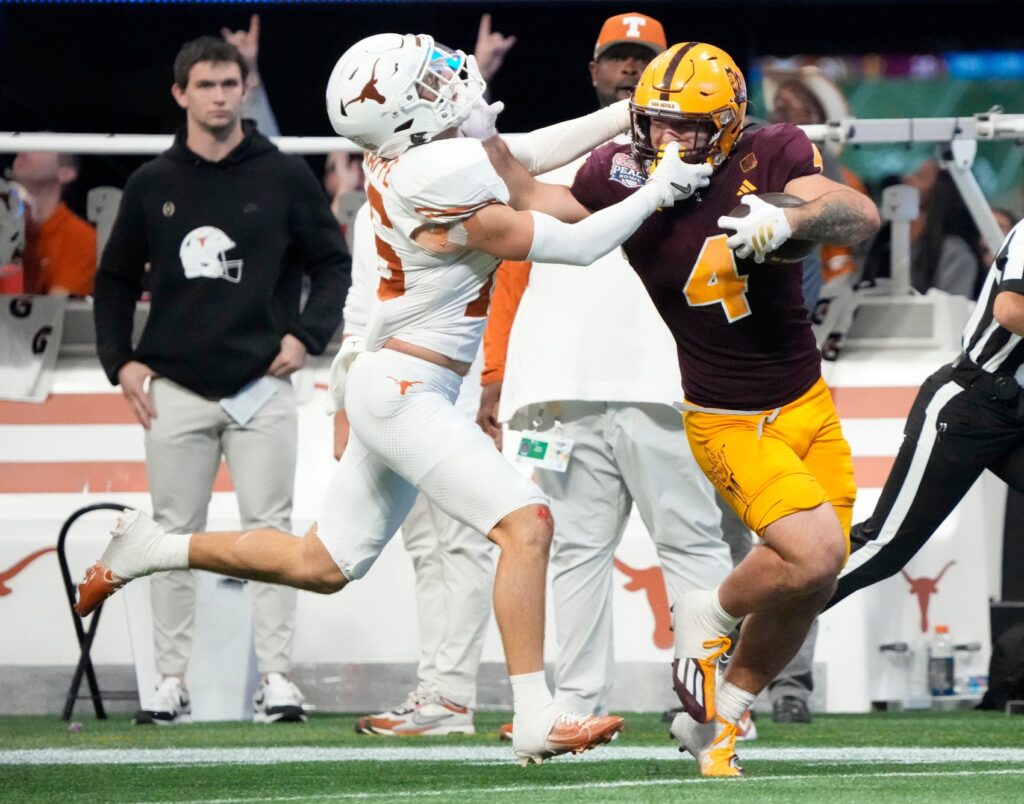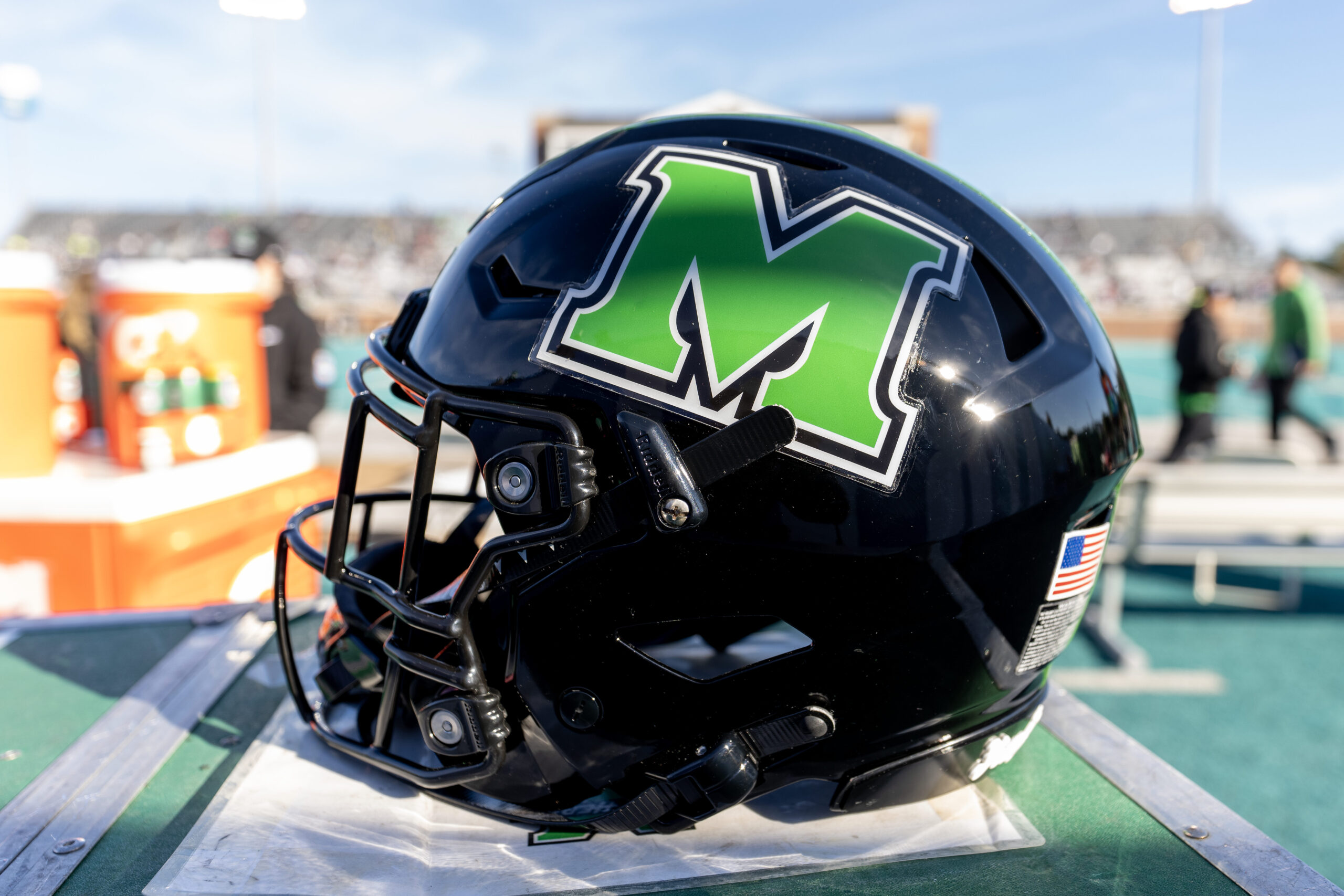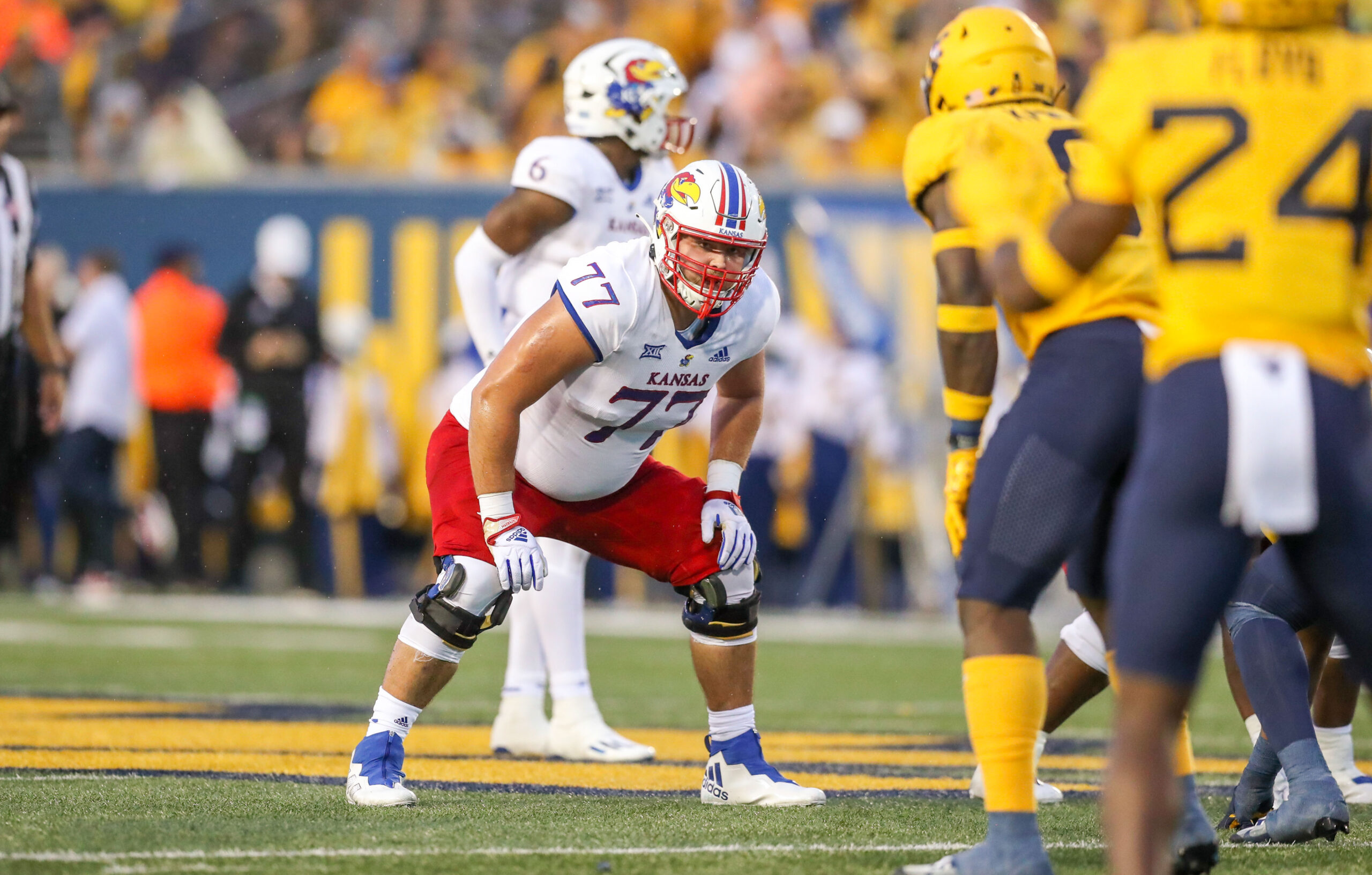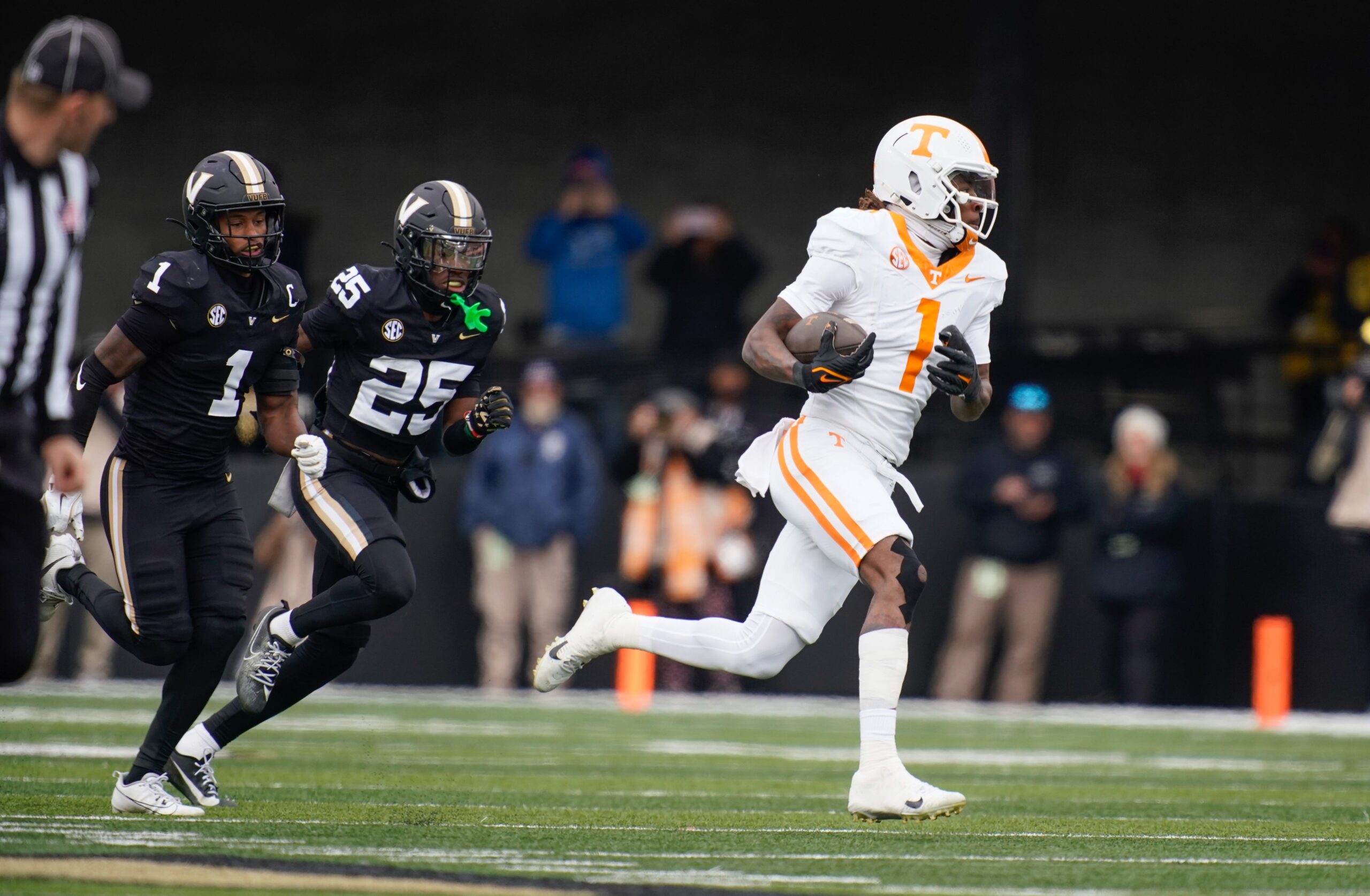NFL Draft
4/8/25
6 min read
2025 NFL Draft: Athletic Outliers I Would Still Bet On

The most difficult part of the NFL Draft is deciding which outliers to bet on. These are the players in the 2025 class who fall short of key size or athleticism thresholds, but I’m still confident in becoming quality players in the NFL.
CB Azareye’h Thomas – Florida State
Florida State cornerback Azareye’h Thomas ran a disappointing 4.58 in the 40-yard dash, but I'm still optimistic about his upside in a press-heavy scheme. He has the prototypical size and length for a press-man or cover-3 system and is capable of physically overwhelming smaller opponents at the line of scrimmage. He can impose his will and drive outside releases to the sideline or completely shut down a wide receivers vertical push and in the rep before he even crosses the line of scrimmage. What's even more impressive is his fluidity when mirroring receivers at the line or at the route break. He has rare change of direction ability at 6014 to transition and stick with sudden route breaks and man coverage. His production is somewhat modest, with just 11 pass breakups and one interception over the last two seasons, but opposing quarterbacks avoided him and he was one of the least targeted cornerbacks in college football last year. He was still able to prove his ability at the catch point in limited opportunities and is comfortable turning and locating the ball downfield.
G Tyler Booker – Alabama
Tyler Booker is the most physically dominant offensive lineman in this class, but he didn't test very well at the combine. This was not a surprise based on his tape and he'll likely be limited to a gap-heavy scheme. In a rushing offense that limits the amount of space he has to cover, I think Booker can be a high quality starter. He has a dominant anchor and is completely unfazed by power rushers. He strikes with heavy hands in pass protection, erasing the defenders upfield momentum on contact. When he latches, he has elite grip strength to stay connected and ends most reps with his opponent on the ground. Booker has heavy feet when trying to redirect or expand his set points. While he's an overwhelming drive blocker, he struggles to reach his landmarks under control as a puller.
EDGE David Walker – Central Arkansas
David Walker is a good athlete, but his sub-32-inch arm length is seventh percentile for edge rushers. His height (6007) also makes him an outlier, but this is much less concerning to me, as shorter pass rushers have an easier time establishing leverage. Walker has three seasons of elite pass rushing production and was simply unblockable at the FCS level. He has an explosive first step, good lateral quickness, and can bend the corner at extremely tight angles. His bull rush consistently obliterated tackles in the United Athletic Conference, as his low center of gravity amplified his power. His short arms will create difficulties as a block shedder, but I think he can be a productive pass rusher in the mold of Brandon Graham or Melvin Ingram.
SAF Andrew Mukuba – Texas
Andrew Mukuba was one of the most productive defensive backs in college football last year, but his weight (186 pounds) is just 4th percentile for safeties. Mukuba has exceptional instincts and ball skills, recording five interceptions and six pass breakups in 2024. He has the range to play the sidelines from single-high or run with slot receivers down the seam. He’s a punishing robber safety who takes smart angles and plays the ball while avoiding unnecessary contact. While he’s undersized for a safety, Mukuba is a fearless run defender who runs the alley with conviction. His size does limit his consistency as a tackler and makes it difficult for him to free himself from blocks on the perimeter.
HB Cam Skattebo – Arizona State
Cam Skattebo is slow, but I don’t think it’s fair to call him a bad athlete overall. He had a 39.5-inch vertical jump (92nd percentile) and his explosiveness is evident on tape, as he consistently beats pursuit angles to the alley. He has surprising elusiveness in the open field and can make quick cuts to avoid traffic behind the line of scrimmage. His change of direction ability also allows him to separate from linebackers on angle routes. He routinely gets caught from behind, however, and his 4.65 40-yard dash was just 16th percentile among running back prospects. But there are very few breakaway opportunities in the NFL, so Skattebo’s lack of speed isn’t enough to keep him out of my top 100.
DL Jamaree Caldwell – Oregon
No position is less dependent on athleticism than nose tackle, and Jamaree Caldwell tested exactly like a 332-pounder would be expected to. Despite his underwhelming combine performance, I'm still confident in Caldwell’s run-stopping ability. He has a sturdy, square build to absorb contact and occupy space in the A-gap. He can hold the point against combo blocks or split double teams and make plays behind the line of scrimmage. He does a great job of reading through the block and into the backfield, allowing him to diagnose the play as he engages with his opponent. He also has the range to track down stretch runs from the backside or pursue screens to the alley. While he's unlikely to be a high volume pass rusher, he has skilled hands and is a more fluid athlete than his testing would indicate. His club-swim was unblockable last year and he also showed flashes of dominance as a power rusher.
WR Xavier Restrepo – Miami
Xavier Restrepo ran a 4.85 in the 40-yard dash, but I still think he can be a quality slot receiver in the NFL. I’m buying the explanation that his disappointing 40-time was due to a tweaked hamstring, as his play speed is much closer to below average than disqualifying. Regardless, Restrepo will not be drafted as a field-stretcher, but as an intermediate separator who can reliably move the chains on third down. He has had back-to-back 1,000 yard seasons and holds the Miami record for career receptions, receiving yards, and touchdowns. He has reliable hands, technically sound footwork, and lateral quickness to separate out of breaks against man coverage.







